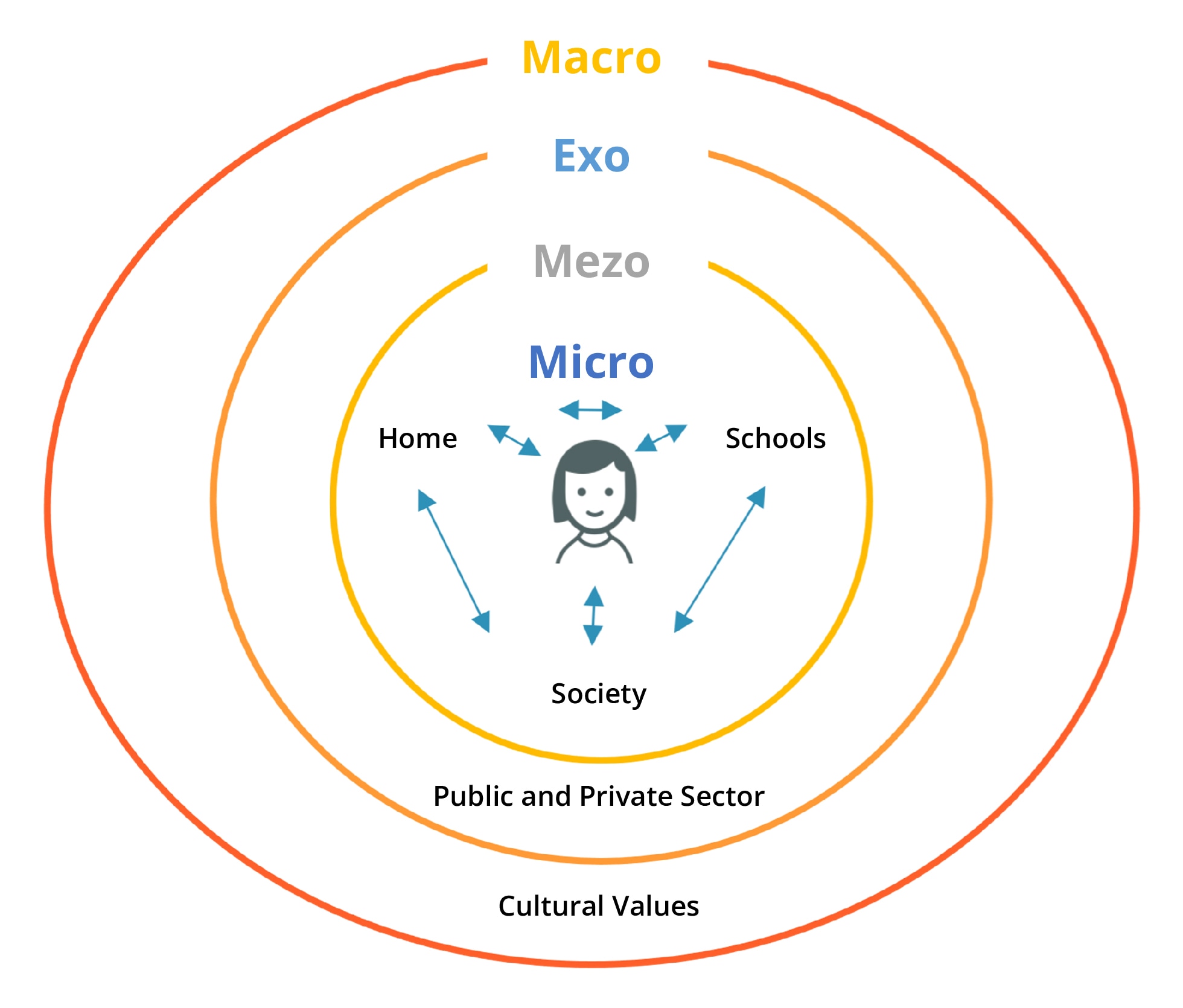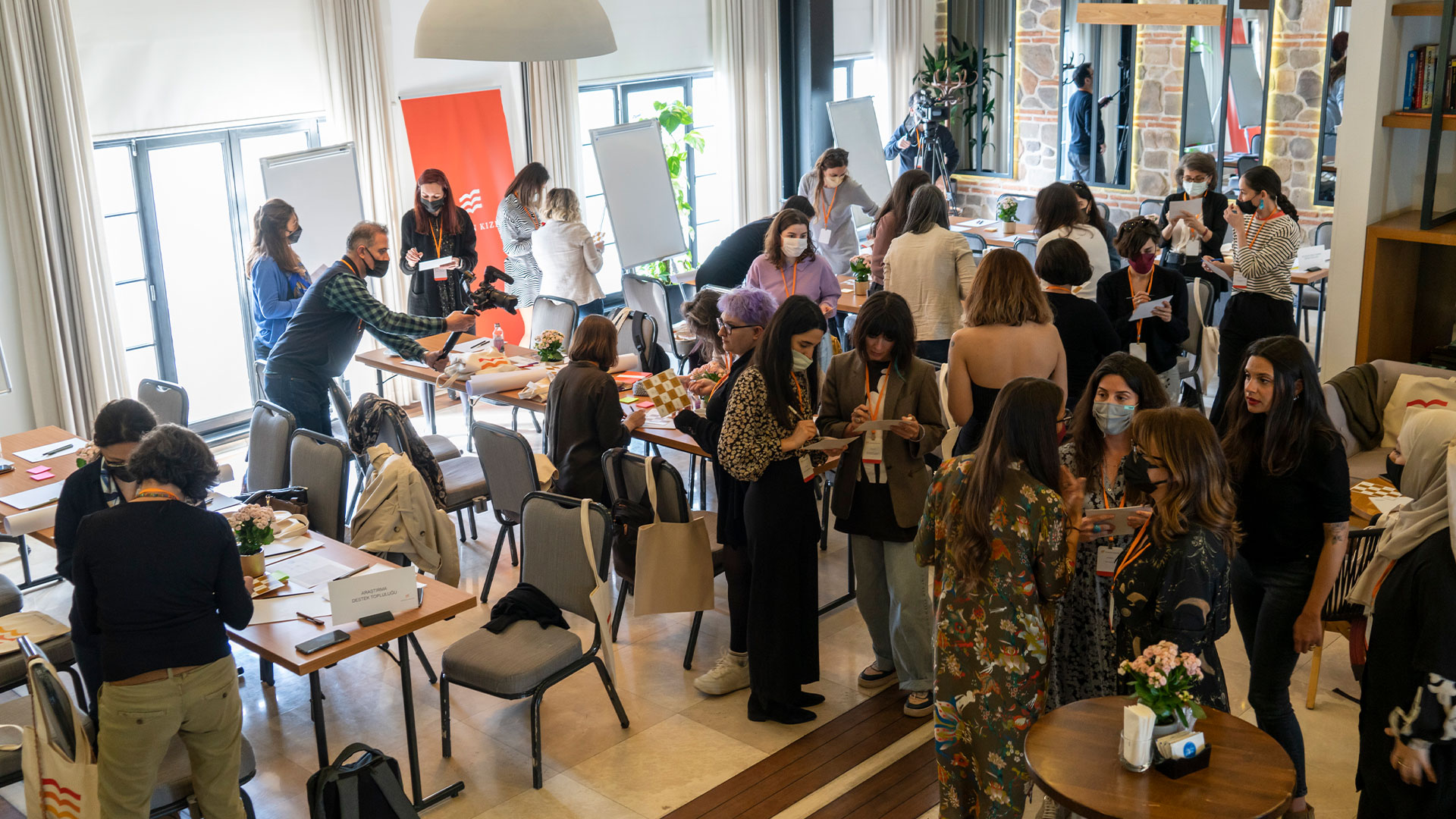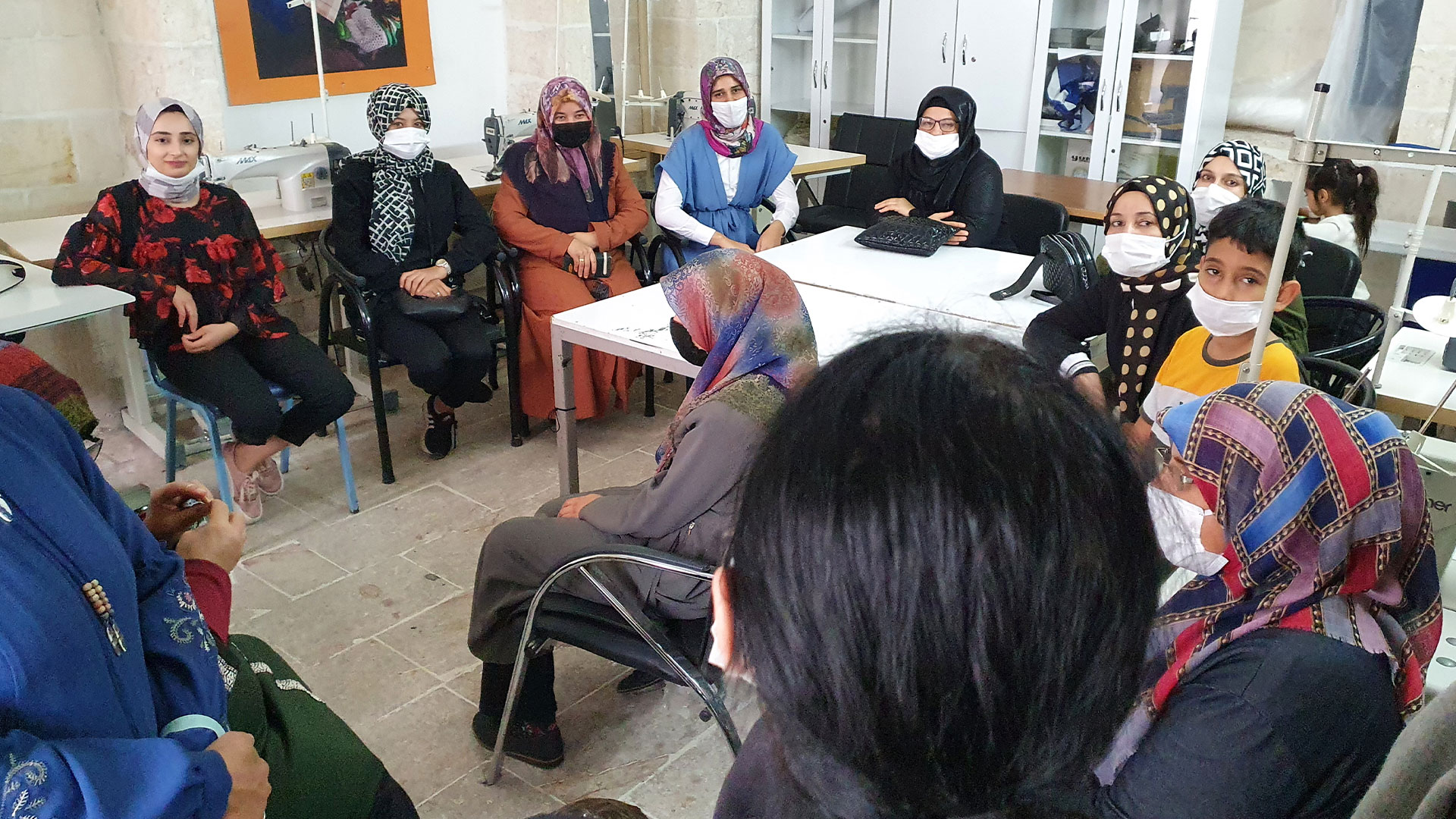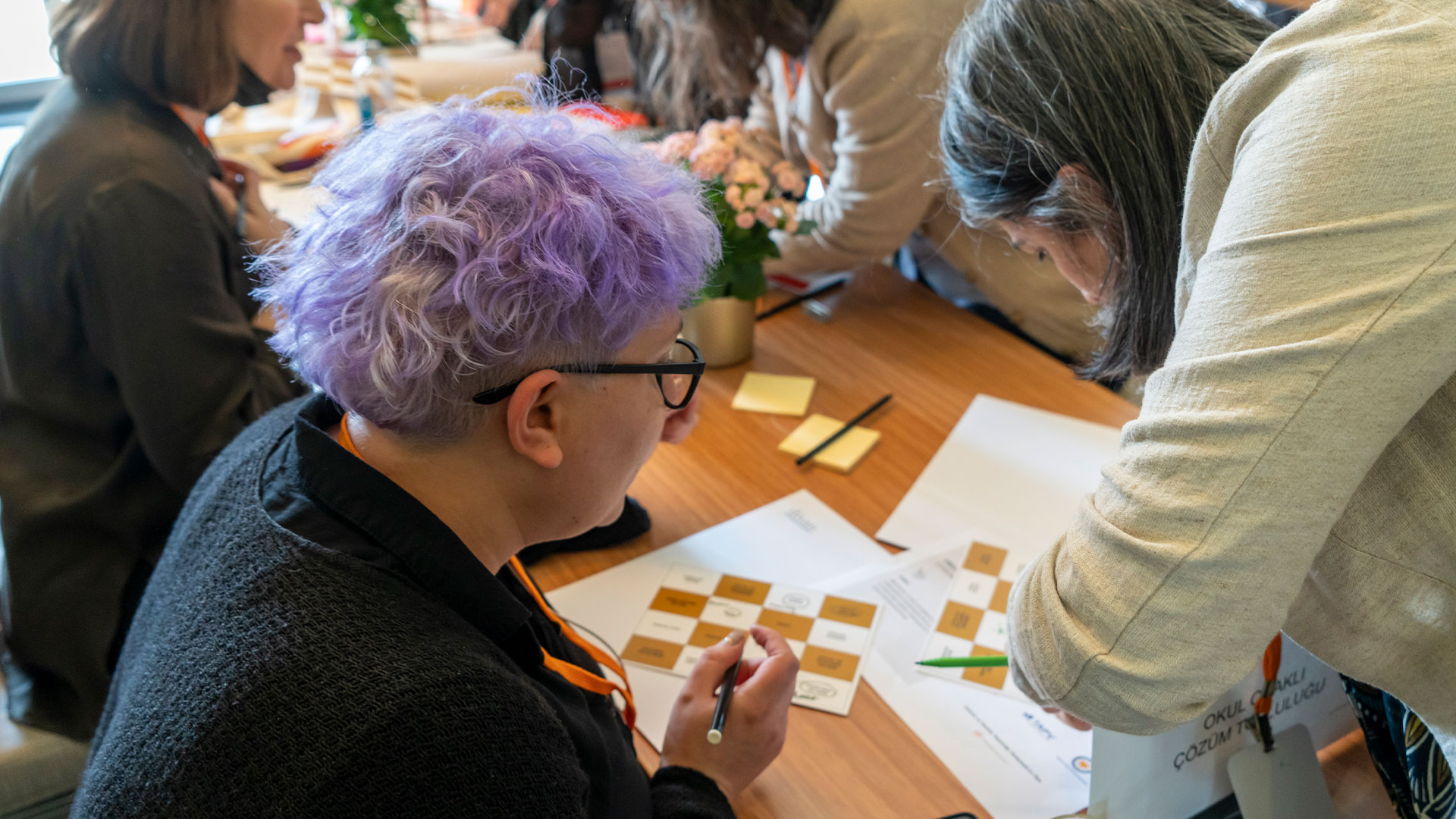Why do we adopt the ecological systems approach?
The ecological systems theory highlights the importance of the interaction between people, organizations, spaces, services, policies and values for children to reach their potential, and makes us understand the relational and multidimensional nature of child development.
What is the ecological systems theory?
Developed in the 1970s by Urie Bronfenbrenner, the ecological systems theory defines the relationship between the child and the social environment of the child through four distinctive systems (micro, meso, exo, macro), which are different from each other yet are still affecting each other.
In this model that puts the child at the very center, the microsystem is what affects the child the most. This microsystem is made up of groups and actors who have a direct contact with the child, such as family, school, friend groups, and neighborhoods.
Children who experience life through these systems, are both affected and affect the individuals and relationship within these.
As demonstrated by the ecological systems approach, it is very important that the child can have active and positive relations with the actors around, during the developmental process.

How do we plan to do this?
As Suna’nın Kızları, we aim to contribute to the realization of the following changes in order to encourage the creation of a supportive ecosystem for disadvantaged girls:
● Girls should have self-sufficiency and self-awareness, know their rights, participate in the decision-making processes concerning themselves, and have easy access to mechanisms that would protect these rights when necessary.
● Houses should be secure and supportive for girls, and parents should be aware of the developmental needs of their children and be able to respond to these needs.
● With all its components, education should respond to all developmental needs of girls.
● Social environments should be safe and developing, should support secure peer-to-peer relations, and should provide opportunities in education, culture, art and sports.
● The civil society should focus on the collective impact in order to resolve problems encountered by girls.
● Central and local services should prioritize children at risk and be provided in a holistic way.
● The public opinion should support gender equality and child-oriented attitudes and behaviors.
The Ecological Systems Theory


